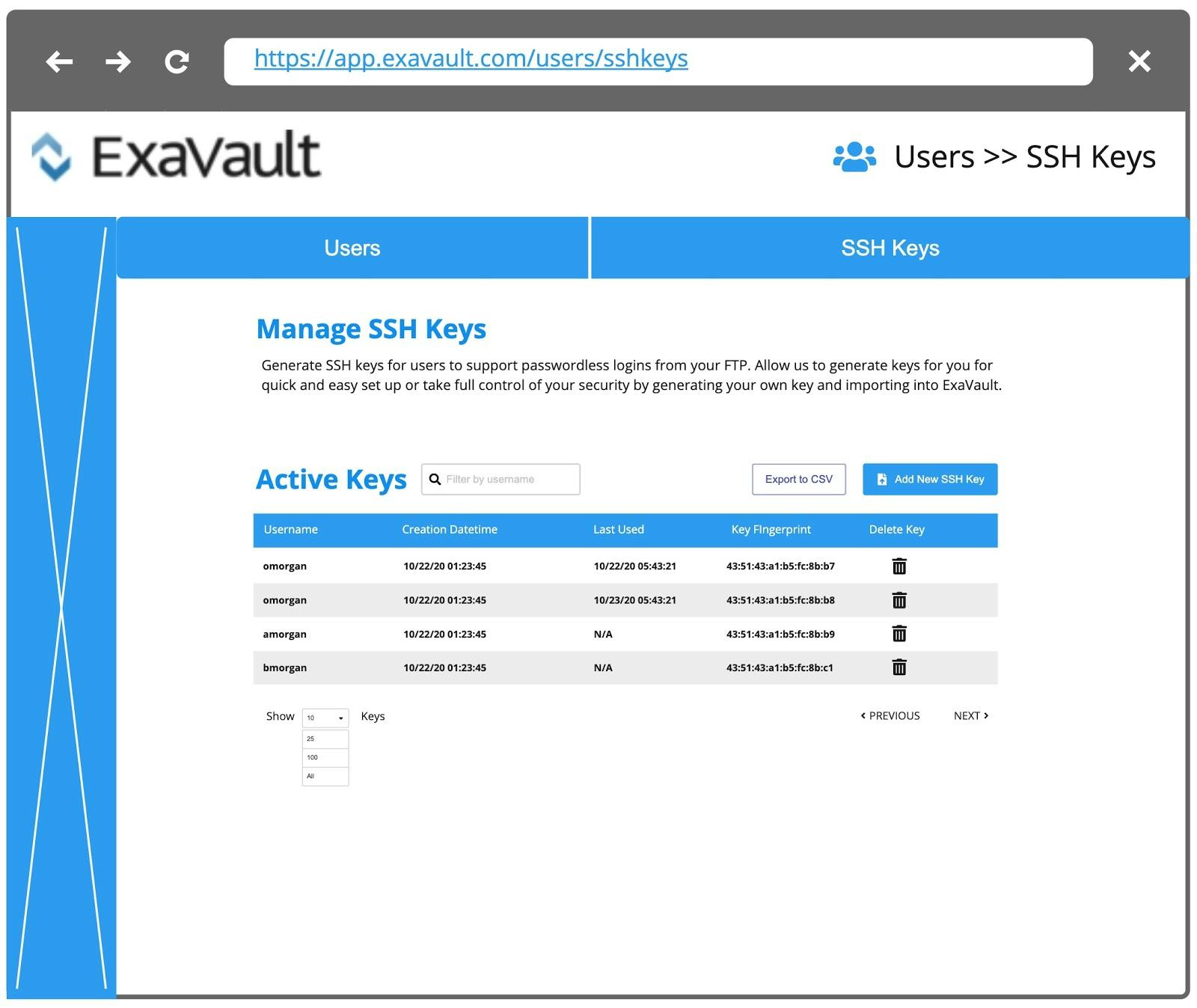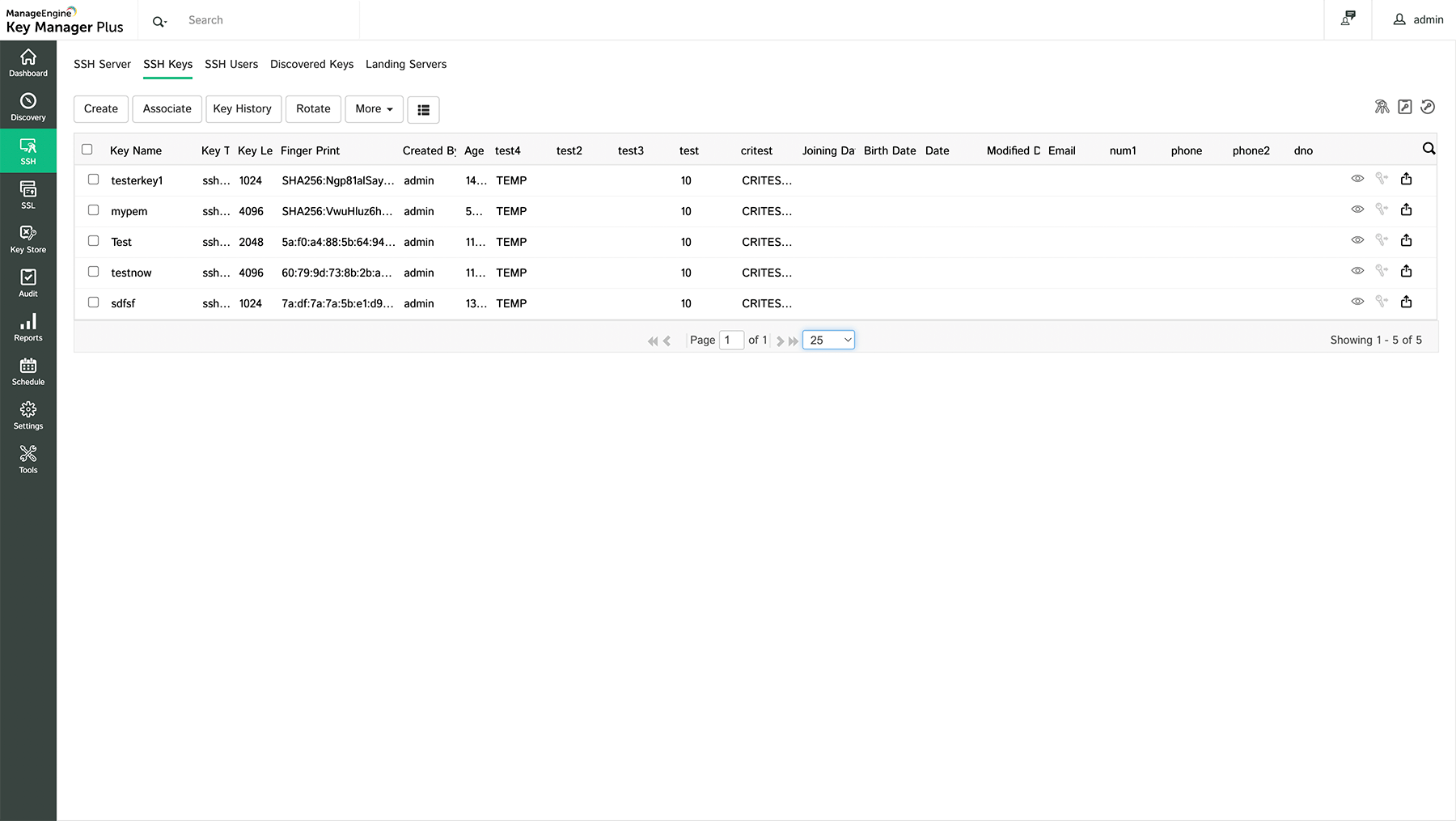Remoteiot SSH Key Management: Secure Your IoT Devices Today!
In an increasingly interconnected world, where data breaches and cyberattacks loom large, how do you safeguard your remote systems and IoT infrastructure? The cornerstone of modern IT security, and a non-negotiable requirement for securing remote access, lies in the effective management of SSH keys.
Authenticating users on remote servers requires a robust system for creating, assigning, and managing these crucial digital keys. In a world where "smart" everything is rapidly becoming the norm, from homes to entire cities, the security of the underlying infrastructure is not just a technical concernit is fundamental to our way of life. Centralized administration increases security by enforcing standard rules, simplifying audit procedures, and easing key distribution, rotation, and revocation. Remote access to servers, the lifeblood of modern computing, is only as secure as the access control mechanisms in place. Thats why a strong SSH key management strategy is not merely an option, but a necessity.
Here's a quick overview of SSH Key Management:
- Vegamovies Alternatives Streaming Guide Safe Movie Options
- Find Movies Online Stream Download More In 2024
| Aspect | Details |
|---|---|
| Core Functionality | Generating, distributing, and controlling SSH keys for user authentication on remote servers. |
| Why it Matters | Essential for securing remote system and network access, protecting against unauthorized access. |
| Key Processes | Creating, distributing, rotating, and revoking SSH keys. |
| Centralized Management Benefits | Enforces standard rules, simplifies audit procedures, and eases key distribution, rotation, and revocation. |
| Vulnerability | Unmanaged SSH keys are vulnerable to attack by malicious actors. |
For more in-depth information on SSH Key Management, you can check out this resource: SSH Key Management - A Comprehensive Guide
SSH key management, at its core, is about generating, distributing, and controlling SSH keys for user authentication. It's a way for people to manage their SSH keys to keep IT environments safe, and it is particularly important in the context of remote access and IoT. By default, SSH key management is often fragmented and complex, leading to a security posture riddled with vulnerabilities. Unmanaged SSH keys are an open invitation for malicious actors, providing them with potential backdoors into critical systems. This is where a comprehensive approach is required.
Consider the implications of a compromised private key: unauthorized access to sensitive data, potential system compromise, and the cascading effects of a data breach. Protecting these keys is paramount. Remote access, whether for system administration, software development, or IoT device maintenance, necessitates a secure and controlled mechanism for granting access. The alternative relying on easily compromised passwords is simply not viable in todays threat landscape. This is why products like remoteiot are becoming increasingly important.
With remoteiot SSH key management, organizations gain the ability to centrally manage and discover all authentication keys and SSH login files. This provides a single pane of glass for key control, dramatically reducing the attack surface. This approach provides a clear roadmap to mastering SSH key management in a remote IoT environment. By following the steps outlined in a proper implementation guide, organizations can fortify their IoT infrastructure and protect their invaluable data. Remoteiot SSH key management plays a pivotal role in protecting your network from hackers and malicious actors.
Imagine an environment where your smart home devices, your fleet of connected vehicles, or your industrial IoT sensors are seamlessly and securely accessible, and the security of the environment is completely within your control. Integrating a platform like remoteiot with SSH keys, especially for devices like Raspberry Pi, provides a powerful way to manage IoT devices securely and efficiently. By following the steps in this guide, you can create an IoT ecosystem thats robust, reliable, and ready to meet your evolving needs. Whether you're setting up a smart home, building an IoT project, or managing remote servers, SSH keys are your golden ticket to secure, seamless access.
Let's explore the benefits of remote SSH, remote access, and remote monitoring within the context of IoT. The ability to remotely access and manage IoT devices, from anywhere with an internet connection, is a game-changer. Businesses and consumers alike are getting the most out of their connected devices, from driverless cars to smart cities. The remoteiot web SSH client is a prime example of a tool that facilitates this, enabling access to IoT devices from any standard web browser. Setting up a VNC server on a Raspberry Pi and using a VNC client application on a device of choice allows users to view and interact with the Pi's desktop remotely, offering comprehensive control.
The remoteiot tunnel management protocol is used as the mechanism to create, maintain, and terminate the tunnel. After the tunnel is established, data can be sent. The tunnel client or server uses a tunnel data transfer protocol to prepare the data for transfer.
The use of SSH is fundamentally secure, but as with any security measure, certain precautions are necessary. Setting up SSH keys instead of passwords is an even stronger move. Remoteiot supports centralized management of keys and even cleans up the key immediately after the login attempt, which requires a new public key setup for the next login attempt by the same user.
Remote IoT SSH key management involves creating, distributing, rotating, and revoking SSH keys across a vast network of devices. This intricate process demands meticulous planning and execution to maintain both security and compliance. Socketxp is one platform that addresses these issues, providing a cloud-based IoT device management and remote access solution. Products like this enable users to remotely manage, access, and monitor IoT devices, Raspberry Pi fleets, or any Linux machines behind NAT routers and firewalls. The future of IoT device management is clearly heading towards a more secure, centralized, and streamlined approach. Organizations that embrace these technologies will be best positioned to capitalize on the burgeoning potential of the Internet of Things while simultaneously mitigating the risks.
To summarize, the key takeaways are:
- Centralization is Key: Manage your SSH keys from a central location.
- Automation is Crucial: Automate key rotation and revocation to minimize risk.
- Monitoring is Mandatory: Implement robust monitoring and auditing procedures.
- Choose the Right Tools: Select solutions that fit your specific needs and environment.
By embracing these best practices, you can transform your approach to SSH key management from a potential vulnerability into a cornerstone of your security strategy.



Detail Author:
- Name : Ms. Candice Emard
- Username : rita68
- Email : diana85@gmail.com
- Birthdate : 1982-05-26
- Address : 6077 King Place Apt. 945 Bahringerborough, WY 67299
- Phone : (682) 869-8562
- Company : Bernhard, Herman and Stehr
- Job : Healthcare Support Worker
- Bio : Tempora saepe in odit delectus dolorum. Maiores sapiente consequatur voluptatem quia totam aut. Sapiente maxime odit ratione dolor dolores ipsa ut quod.
Socials
twitter:
- url : https://twitter.com/mackenzie_stark
- username : mackenzie_stark
- bio : Quae id enim fuga odio. Et neque nulla rem aspernatur. Ut sint a et et.
- followers : 2628
- following : 641
tiktok:
- url : https://tiktok.com/@mackenzie1973
- username : mackenzie1973
- bio : Ut nihil illo dicta perferendis. Quaerat quisquam vitae veritatis.
- followers : 847
- following : 630